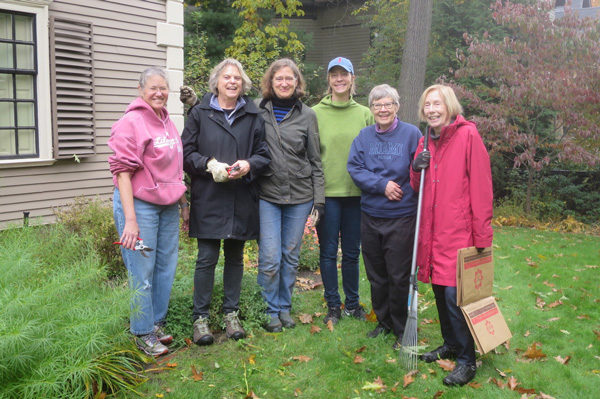 Cambridge Plant & Garden Club Hosted Three Projects to Support Native Plants
Cambridge Plant & Garden Club Hosted Three Projects to Support Native Plants
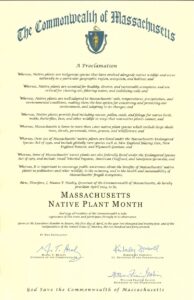 Governor Maura Healey officially proclaimed April Native Plant Month!
Governor Maura Healey officially proclaimed April Native Plant Month!
While all plants protect our planet’s air, water, and soil, native plants do all this and more. Native plants have evolved with native bees, birds, and other wildlife; this complex relationship is extremely specialized and cannot be substituted with exotic or non-native plants. Native plants include large canopy trees, understory trees, shrubs, perennials, vines or grasses that are indigenous to an area with a unique growing habitat.
North American native species are at risk of extinction because they cannot get nutrition from non-native plants. Habitat loss, climate change, and pesticide use in addition to competition from non-natives, are contributing to the steep decline of insects, caterpillars, birds, and many other species.
The Cambridge Plant & Garden Club hosted three projects to support natives and has partnered with many regional organizations like Grow Native Massachusetts.
More information on native plants, resources, and the events that were held.
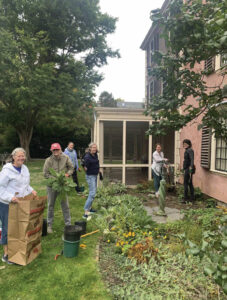
Renovating the Garden at the Hooper-Lee-Nichols House
Photo at left: October 13, 2022 (CP&GC workers mobilizing in the perennial beds) Photograph by Liz Adams.
Have you noticed anything different about the gar den at the Hooper-Lee-Nichols House this fall? The Cambridge Plant & Garden Club, which has maintained the garden for decades, is making changes.
The Hooper-Lee-Nichols House was left to the Cambridge Historical Society in 1957 after the deaths of the last private owner, Frances Emerson, and her husband. After settling into the house, the Society reached out to the then separate Cambridge Garden Club (founded 1938) and Cambridge Plant Club (founded 1889) about the care of the grounds. The Garden Club, which was considering a project to celebrate its upcoming 25th anniversary, accepted the invitation as a major project.
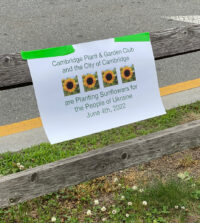 Planting Seeds of Peace and Beauty for Ukraine
Planting Seeds of Peace and Beauty for Ukraine
In late February, Cantabrigians watched in horror as the Russians invaded Ukraine, but what can ordinary people do beyond sending donations to humanitarian organizations and writing to political leaders? A letter to the editor of the New York Times [March 10, 2022], suggested a visible statement: “Plant seeds of peace and beauty.” Specifically, plant sunflowers – millions of sunflowers in flower beds, front lawns, municipal spaces, and parks as a reminder of what is at stake.
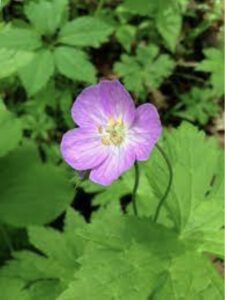 CP&GC Encourages Native Plant Population Growth in Cambridge
CP&GC Encourages Native Plant Population Growth in Cambridge
During the 2021-22 club year, the CP&GC’s Conservation Committee focused on the role that native plants can play in the city landscape. Once established, native plants provide food for birds, butterflies and insects. And more: they require less maintenance; they reduce carbon, heat, and noise; and they obviate the need for chemical pesticides. The question was how to spread this knowledge beyond plant enthusiasts already onboard.
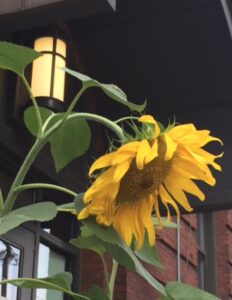 CP&GC Partners with Roxbury Sunflower Project and Prospect Hill Academy
CP&GC Partners with Roxbury Sunflower Project and Prospect Hill Academy
In 2020, with in-person activities and community outreach on hold due to the COVID lockdown, the Cambridge Plant & Garden Club (CP&GC) looked for novel ways to engage with the community and, specifically, with local students remotely, during the pandemic. The club’s hope was to inspire in students a closer connection with nature, public spaces, and knowledge of the plant world.
 “What’s in a Name?” or “Is This the First Garden Club?”
“What’s in a Name?” or “Is This the First Garden Club?”
There is often controversy surrounding the honor of being first established – whether in the realm of schools, colleges, hospitals, or special-interest clubs. Garden clubs are no exception. The first women’s garden club was a Cambridge club – the Garden Street Garden Club, founded in 1879. After the Plant Club was founded in 1889, the Garden Street Garden Club gave way to the younger club. The third oldest women’s club was the Ladies’ Garden Club of Athens, Georgia, which held its first meeting in 1892. Around 1930, a controversy arose between the Cantabrigians and the Athenians concerning which of the two clubs was an older and truer garden club.
The dispute is laid out “What’s in a Name?’ or ‘Is This the First Garden Club?’” – written by CP&GC historian Annette LaMond and originally published by the Cambridge Historical Society (now History Cambridge). The paper includes a number of images drawn from the archives of the CP&GC. Read a PDF of the article here.
 A History Reclaimed: The Society for the Protection of Native Plants and the Cambridge Plant Club
A History Reclaimed: The Society for the Protection of Native Plants and the Cambridge Plant Club
Members of the Cambridge Plant Club developed an interest in the conservation wild flowers in the 1890s, and became subscribers of the Society for the Protection of Native Plants soon after its founding in 1901. This paper by Annette LaMond gives a history of this early conservation organization, and its subsequent transformation into the New England Wild Flower Society. The paper, which includes many illustrations, also gives new recognition to the roles of the Massachusetts Horticultural Society and The Garden Club of America in supporting the protection of native plants. Together, the two organizations encouraged a succession of ardent gardeners, including our club’s members, to dedicate their volunteer energy to the New England Wild Flower Society, paving the way for today’s vibrant Native Plant Trust. Read a PDF of the essay HERE.
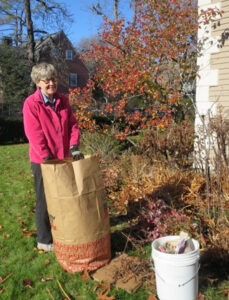 Sixty Years of Gardening at the Hooper-Lee-Nichols House
Sixty Years of Gardening at the Hooper-Lee-Nichols House
The Hooper-Lee-Nichols House was donated to the Cambridge Historical Society in 1957. After settling into the house, the Society reached out to the then separate Cambridge Garden Club (founded 1938) and Cambridge Plant Club (founded 1889) about the care of the grounds. The Garden Club, which was considering a project to celebrate its upcoming 25th anniversary, accepted the invitation as a major project.
Thanks to a 1920s renovation, the HLN garden had good bones. Garden Club members set to pruning existing plant material (including the crabapple trees that still grace the entrance). Out of this hands-on work came a collaborative design for a colonial-era estate in miniature. Features: yew hedges, lawns, roses, herb garden within a boxwood circle on the west of the house, and orchard to the east. To realize the plan, members propagated boxwood and yews. The club’s horticulturists accomplished a great deal on a surprisingly small budget.

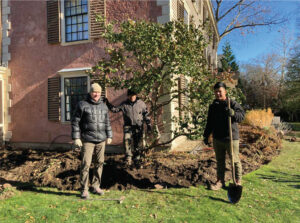
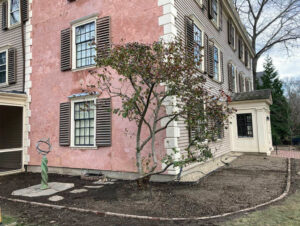
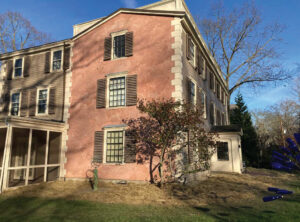
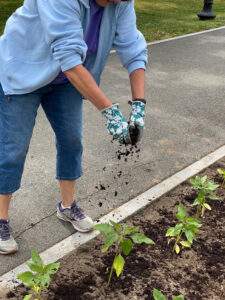 The sunflower is the Ukrainian national flower – a flower that the Cambridge Plant & Garden Club embraced through a partnership with the Roxbury Sunflower Project and Prospect Hill Academy that began as a pandemic project in 2020.
The sunflower is the Ukrainian national flower – a flower that the Cambridge Plant & Garden Club embraced through a partnership with the Roxbury Sunflower Project and Prospect Hill Academy that began as a pandemic project in 2020.
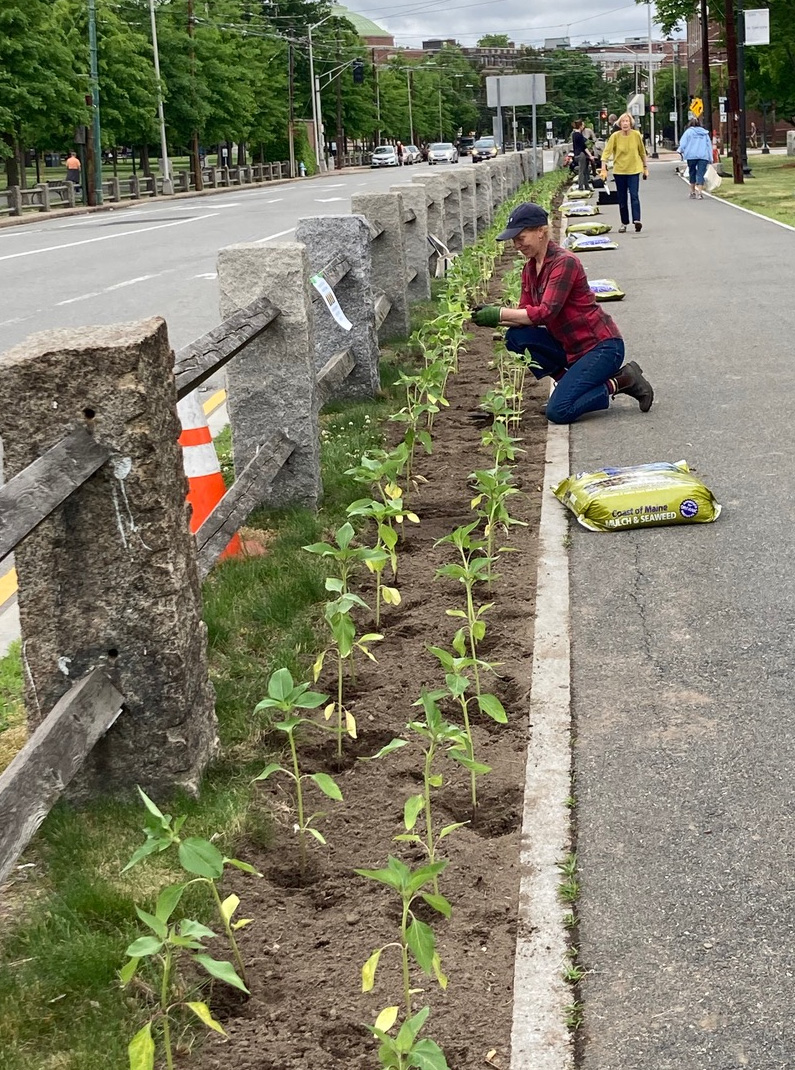
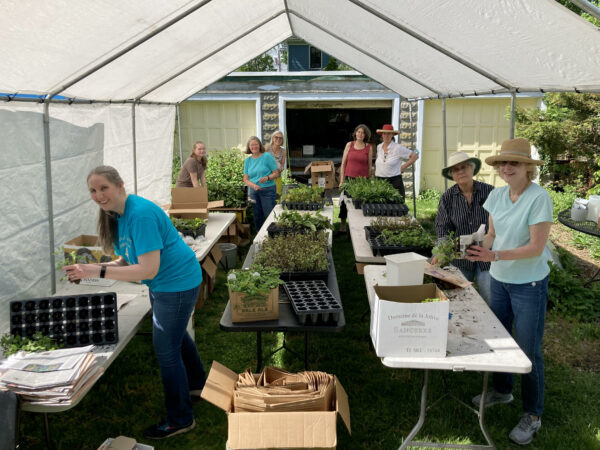
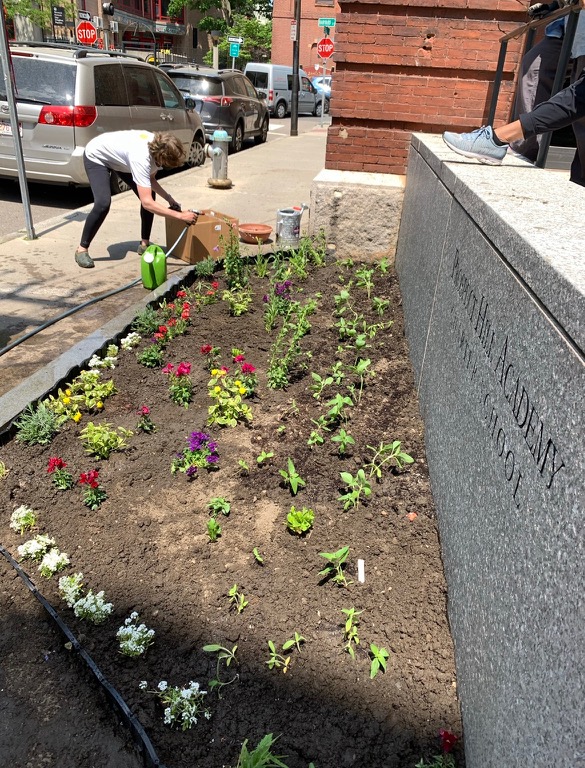 CP&GC members were inspired by Boston artist and community activist
CP&GC members were inspired by Boston artist and community activist 